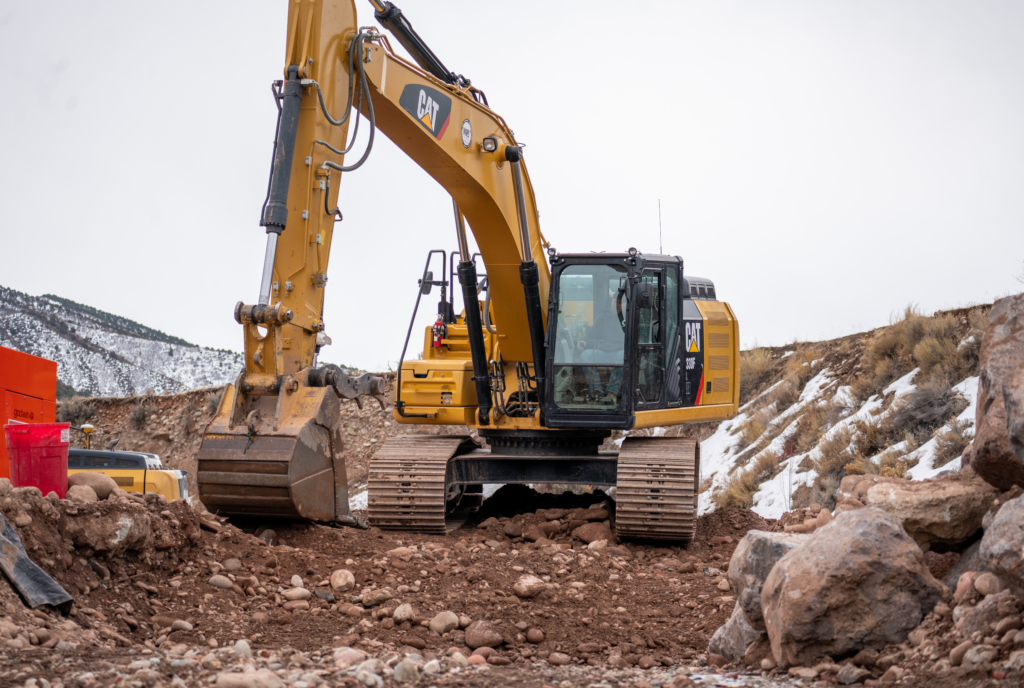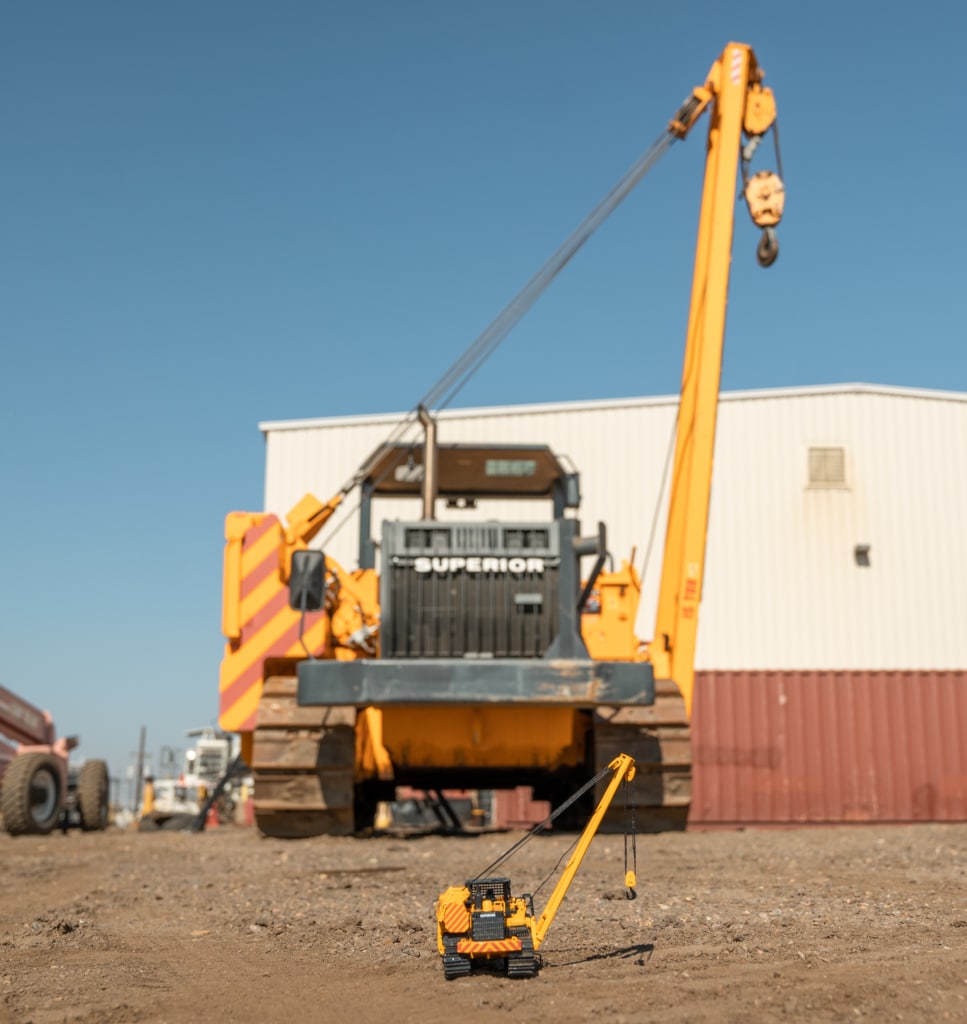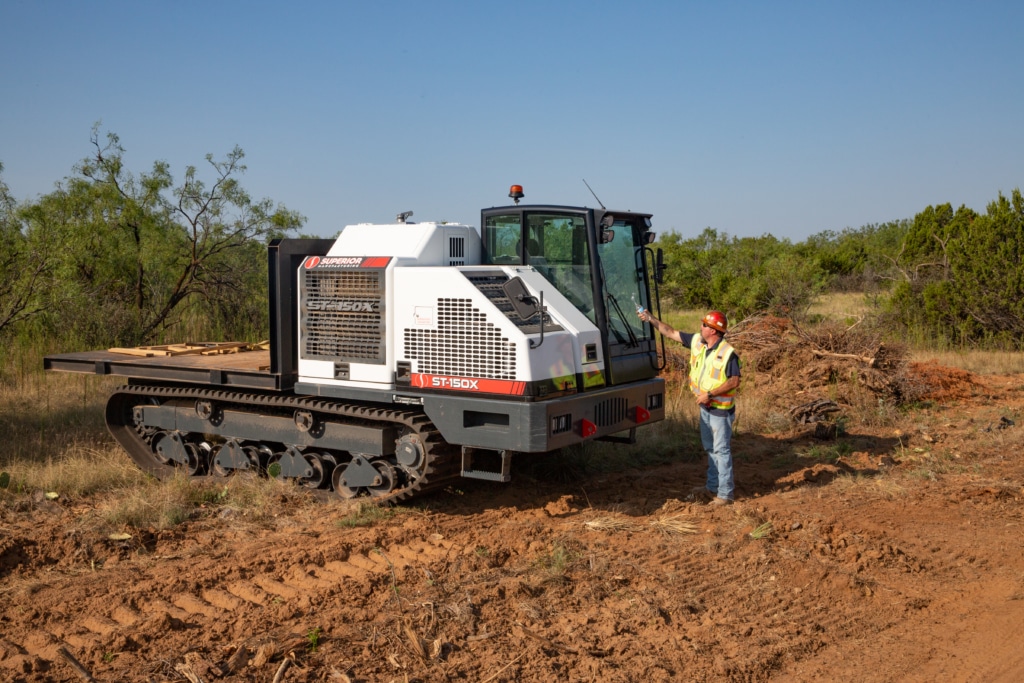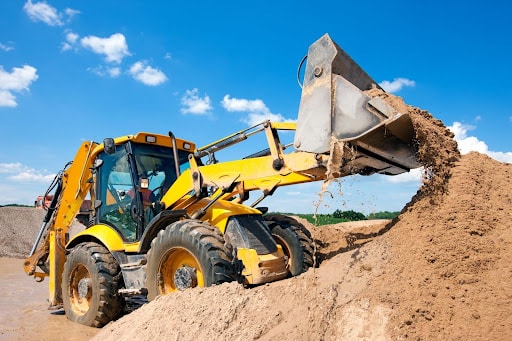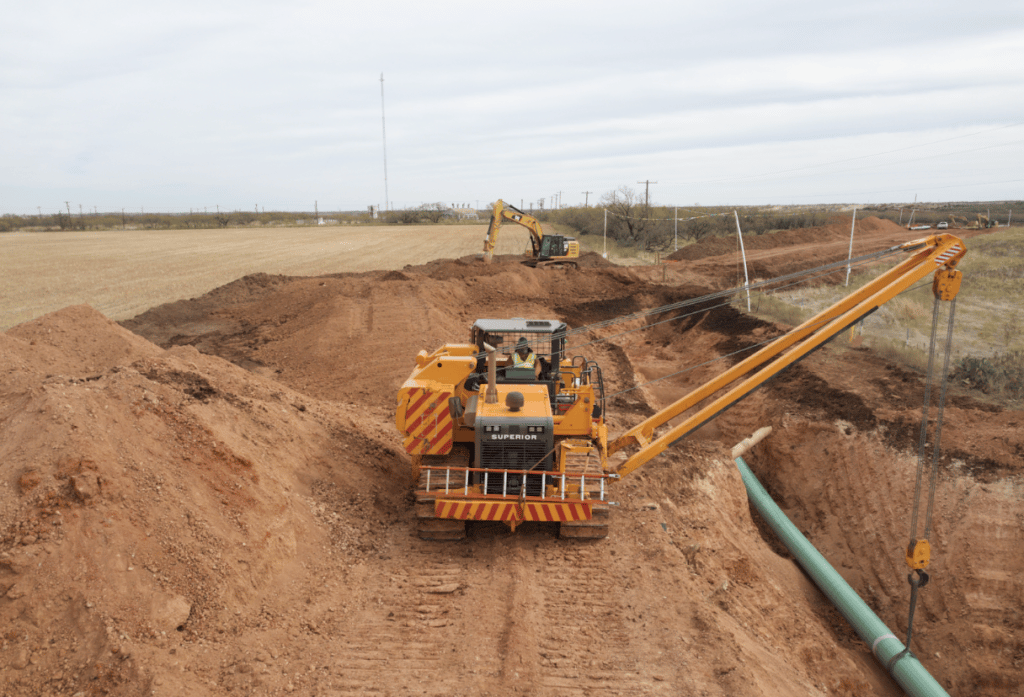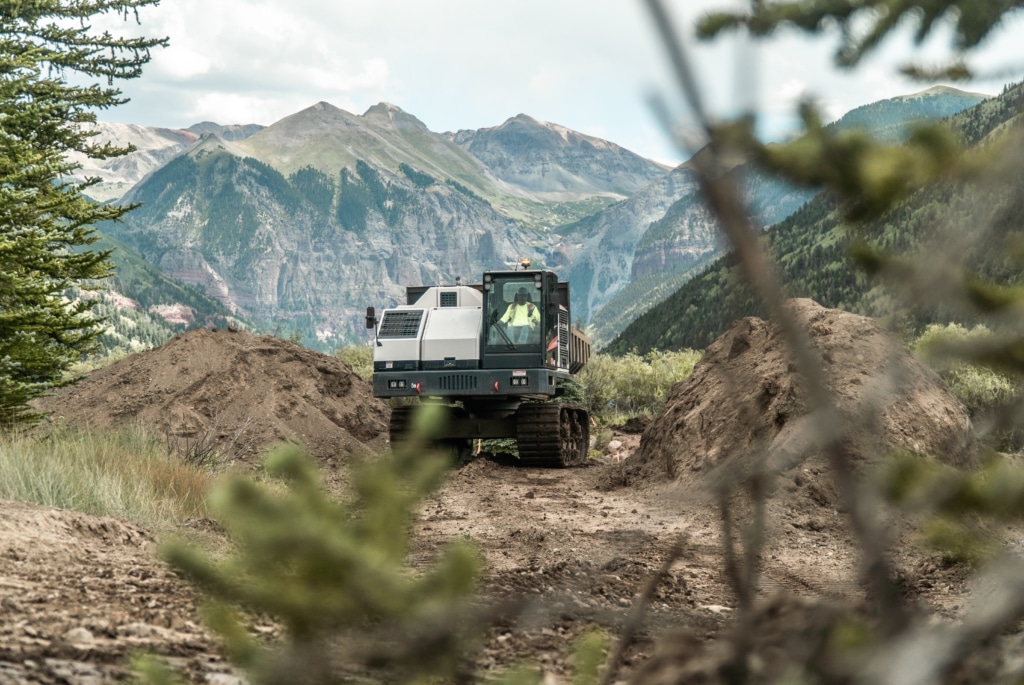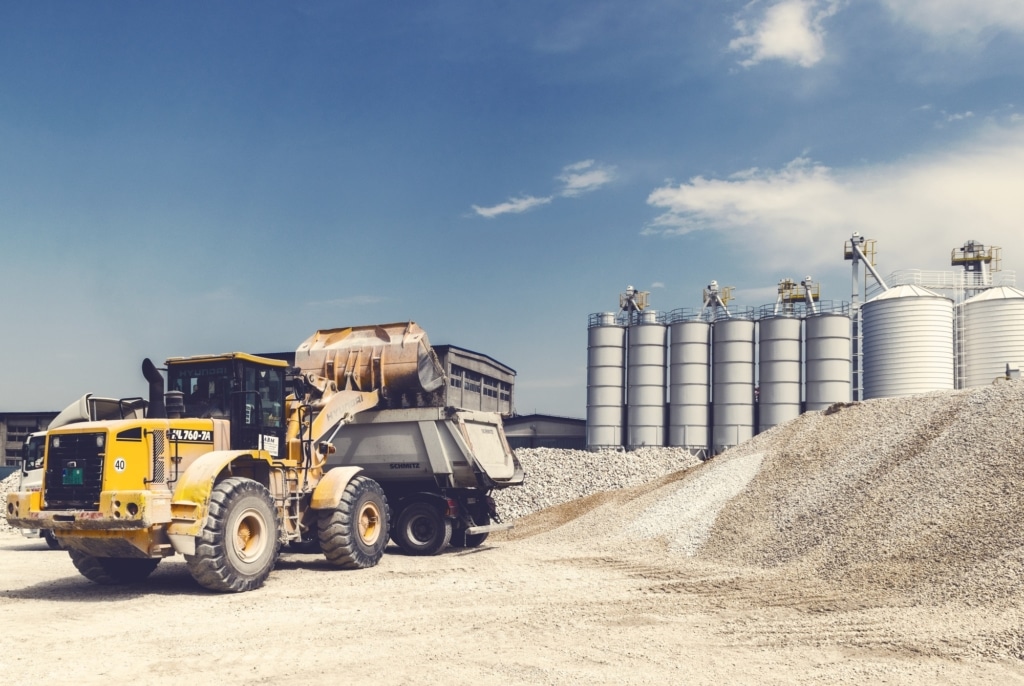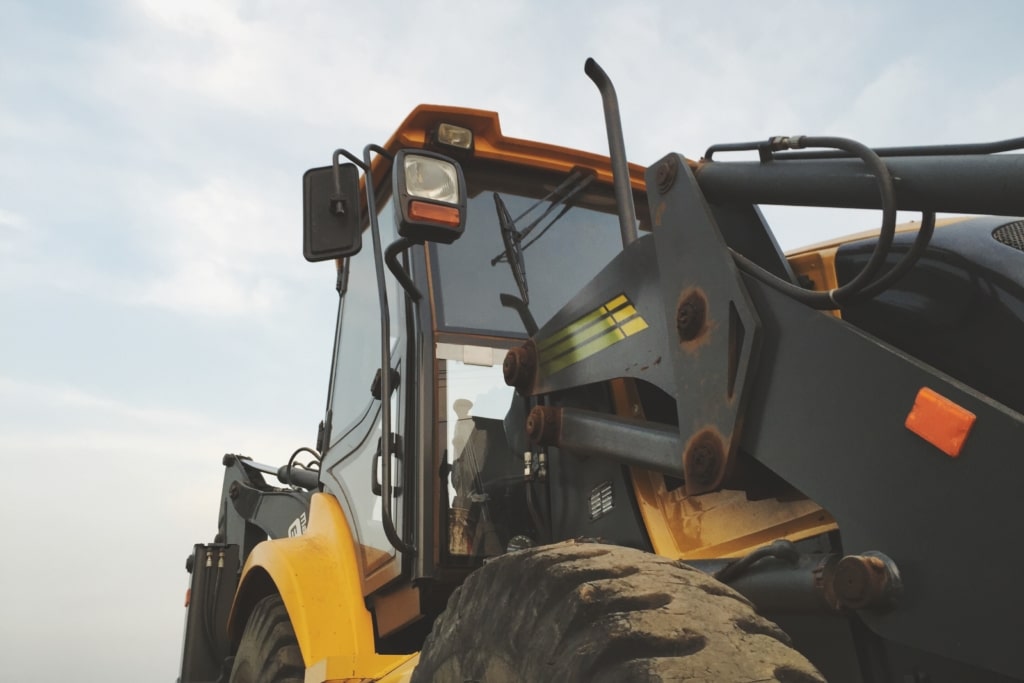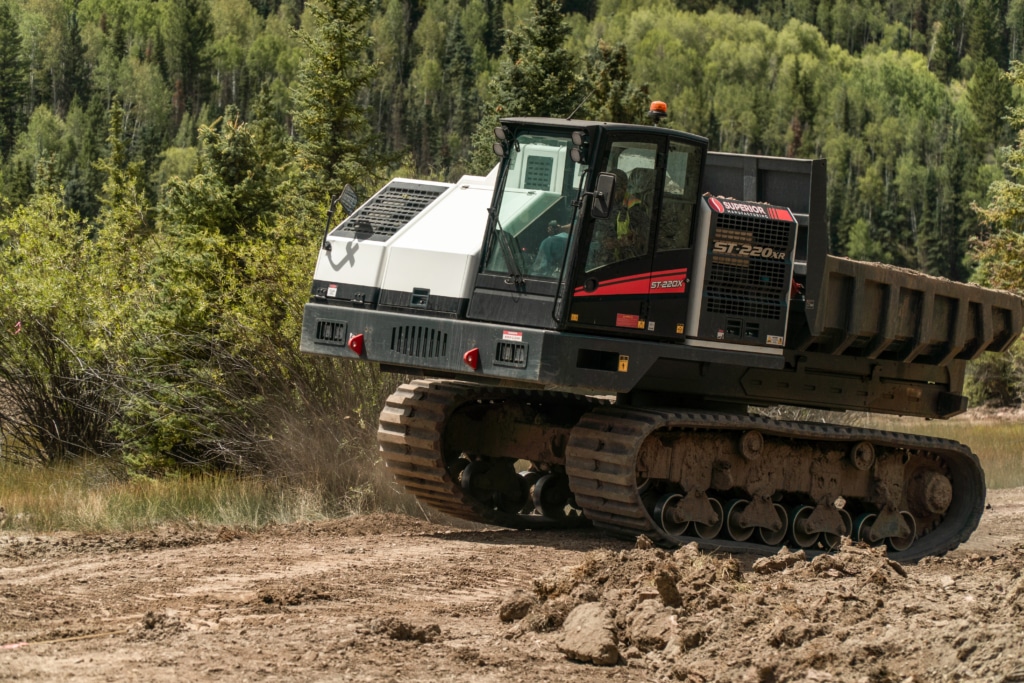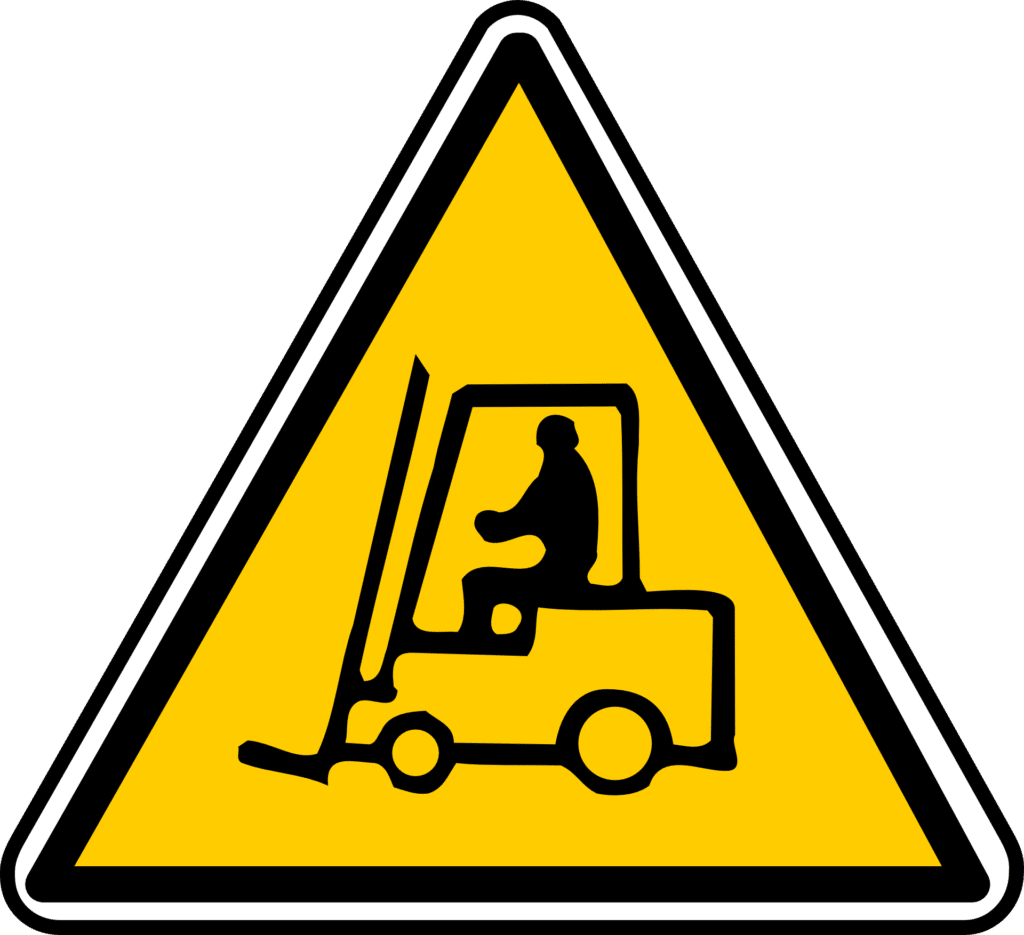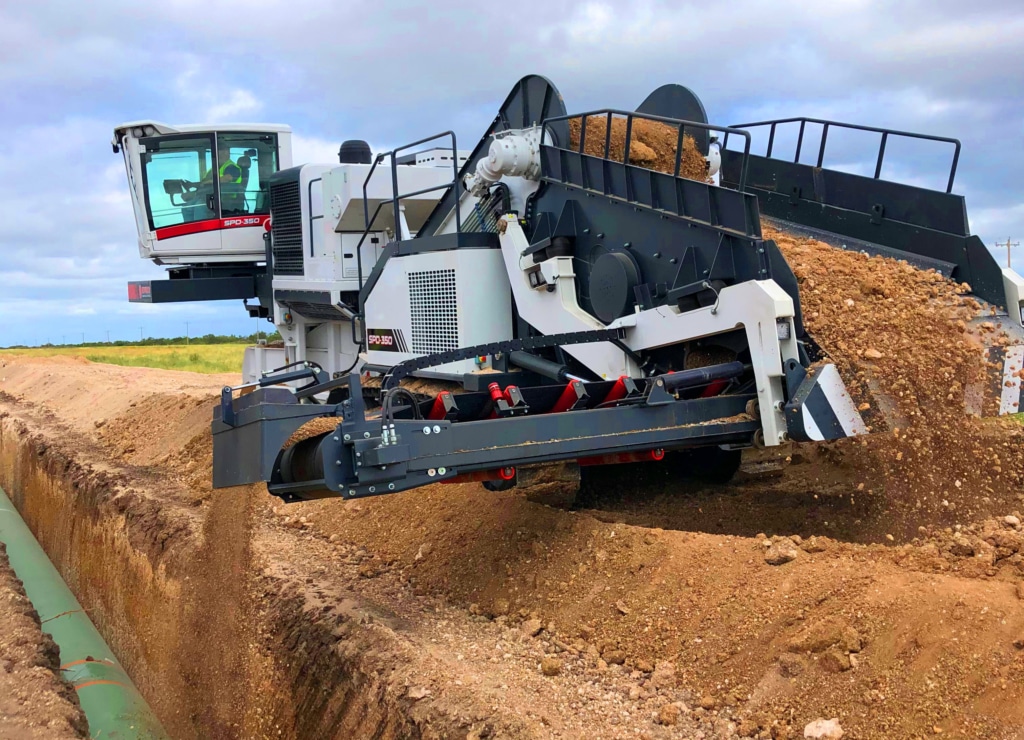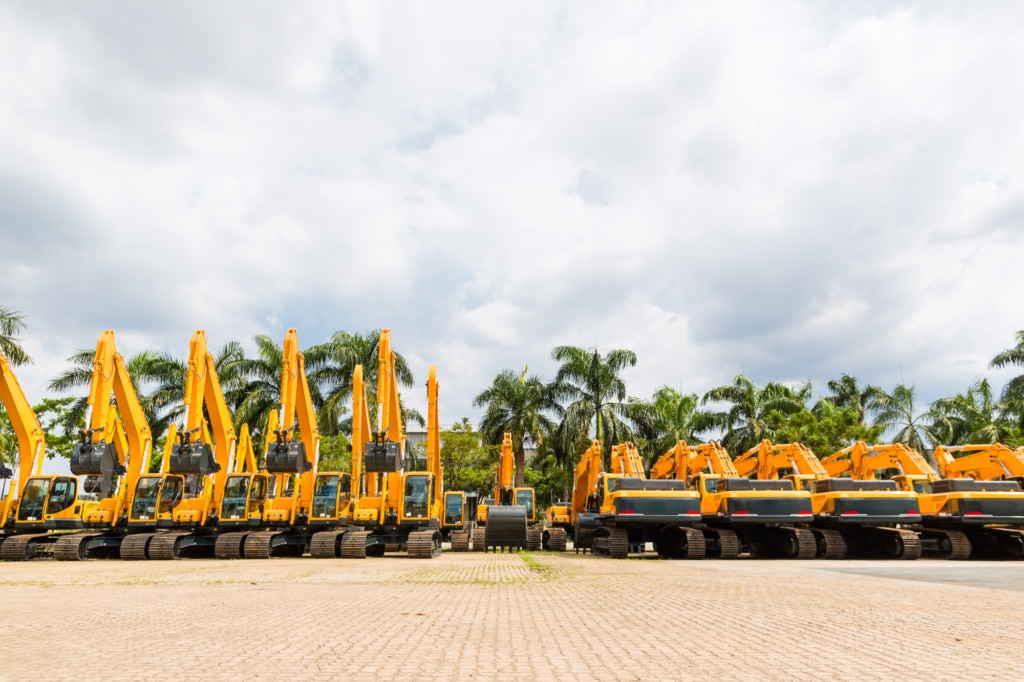Excavators are an essential piece of heavy equipment in the construction industry. Designed to move large and heavy amounts of material and equipment, their impressive strength and versatility make them popular choices amongst commercial contractors.
These machines come in various sizes ranging from smaller models to machines weighing up to fifty tons. Of course, the size of the excavator depends on the job and terrain of the project at hand.
Beyond size, there’s plenty to consider before renting or purchasing an excavator. Read on for all the information you need to make the decision!
1. Various Uses Of Excavators
To understand what excavators are used for, it is helpful to look at the various features and components. An excavator contains what’s referred to as a cab, undercarriage, boom, stick, and bucket. All which work alongside the motors and gears to move the equipment and lift the bucket while someone operates the machinery.
Excavators are used in a variety of applications, including construction, mining, and agricultural work. An excavator can also be used to clear trees, remove roots and vegetation, break hard soil or create trenches for plumbing or utility lines.
With such a wide range of possible projects and uses, it only makes sense to explore various types of excavators before renting or purchasing to ensure its right for the job at hand.
2. Excavators Are Classified Based On Size
In general, naming and size classifications of excavators are not always uniform across equipment manufacturers. That being said, The Association of Equipment Manufacturers (AEM) categorizes Crawler (i.e tracks v.s. wheels) Excavators, specifically, into three general size categories: mini or compact, midi and standard/full-sized.
Mini or Compact (0-6 Metric Tons)
Depending on the manufacturer, the smallest excavators are referred to as “mini” or “compact.” This category typically weighs in at no more than 13,300 Lbs and/or up to 6 metric tons. Within this size category, the most popular excavators weigh between 6,600 – 8,020 pounds (3-4 metric tons.)
The benefits of these compact models is relatively obvious: their small size enables them to maneuver in tight areas. This versatility cannot be understated when it comes to certain projects. For example, in-building work, tight sewer repairs, or foundational repair that may not require the size of a conventional excavator, but with a mini model can save countless hours of labor compared to doing the work by hand.
Lastly, another possible benefit of the compact category is that select trucks are often legally permitted to transport them without a Commercial Drivers License (CDL.)
Midi or Mid-Sized (6 – 10 Metric Tons)
Next up in size class are the midi, or mid-sized excavators. Excavators in this category typically weigh anywhere between 13,300 – 22,050 pounds (6-10 metric tons) spending on swing radius and tail design.
Midi excavators tend to provide similar lifting and digging capabilities as those in the full-sized category. However, they are still compact enough to provide construction teams advantages in job site accessibility and maneuverability. They are most common in building construction, utilities, roads, bridges and commercial landscaping.
Standard or Full-Size (10 – 90 Metric Tons)
Finally, the largest category of crawler excavators is the standard or full-sized model. These models are the largest both in terms of overall size as well as the spectrum of machines available on the market today.
Full-sized excavators weigh between 22,050 – 198,418 pounds (10-90 metric tons.) Although this standard weight category includes a few mid-sized category excavators with zero – near zero swing radius, the majority are full-sized.
In terms of highest volume sold and rented in this standard weight category are models that range from 41,887 – 52,910 pounds (19 – 24 metric tons) and models that range from 72,752 – 88,184 pounds (33-40 metric tons).
These machines are used on very large projects such as building roads, pipeline construction projects, utility jobs, loading trucks, and more, because they can move enormous amounts of dirt in a single load.
New technology is being invented all the time including for neural network training to program a model of an excavator.
3. Operators Should Follow All Safety Precautions When Operating an Excavator
Excavators are large and powerful machines, so it’s important that you always wear appropriate safety gear while operating an excavator. This includes a seat belt, protective eyewear (goggles or glasses and protective clothing (long sleeves, long pants, sturdy shoes).
Earplugs or earmuffs to protect your hearing from loud noises are a good idea. Especially if there is any chance of the machine being started up in a confined space.
4. The Stick & Boom Is the Arm Where the Bucket Is Attached
The stick and boom is controlled by a joystick, which allows you to move it up and down as well as side to side. The stick is the excavator’s part that extends your bucket’s reach. It can be used for digging, lifting and moving earth or other materials – but only if there’s enough room for your machine’s boom to extend past the front edge of what you’re working on!
Using the excavators rotating center bearing, the stick can be moved in any direction, allowing the operator to select and transport the material they are handling.
The boom and stick consist of several components including , hydraulic cylinders, pins, and plumbing. Select machines can even be fitted with additional components such as thumbs, vacuum lifts, and more.
5. Track Vs. Wheel Excavators
Some job sites are best suited for small, nimble, wheel excavators while equipment managers on other projects should rent a track excavator instead..
Track excavators are best for long term projects where road damage and mobility is not a concern. Whereas wheeled excavators are ideal on jobs where concrete and asphalt can be damaged or the excavator needs to be moved around the jobsite. Some wheel excavators can travel greater than 20 mph.
Other considerations that impact which excavator is right for you include the slope, depth, space on the job, and material being moved.
Tracked excavators are preferable for most construction projects because of their ability to track up steep slopes, low center of gravity, heavy duty steel tracks, and are available in bigger sizes.
6. They Can Be Operated at Any Angle and in Any Direction
Excavators are able to dig at any angle and in any direction, as compared to other types of earthmoving equipment like wheel loaders and bulldozers which are not able to rotate. . This allows operators to be selective with how they are digging and loading dirt.
In addition, since excavators can move material vertically as well as horizontally, they can be used to remove dirt from jobs where more precision is required without having debris fall back into the excavation site itself.
7. A Swing Bearing Allows Operators to Pivot
A swing bearing allows operators to pivot around a point without changing their position, amplifying their efficiency by up to 50%. By being able to move in any direction without using the tracks, they can excavate more quickly and with fewer safety concerns.
The machine’s heavy-duty frame and large track pads provide it with a high level of stability, making it ideal for working on uneven ground or in areas where there are drop-offs. The operator can also control the speed of rotation rate, allowing them to slow down or accelerate as needed.
Combined with the rotating swing bearing, the excavator’s arm can be articulated to provide the operator with a high level of flexibility when digging holes or loading trucks. The machine is equipped with a hydraulic system that allows it to dig quickly and efficiently without damaging the ground around it.
8. Clear Heavy Obstacles & Debris
Excavators can clear trees, remove roots and vegetation, break hard soil for agricultural work, plow through the soft ground for excavation jobs, tear down small buildings, and load trucks for transport.
Additionally, excavators are used to dig holes in hard surfaces such as concrete blocks or asphalt. They can also be used to remove stumps from job sites or fields after a tree has been cut down.
Finding A Trusted Heavy Equipment Dealer
As you can see, there are many uses for excavators in commercial construction. They are an essential tool in any site where the earth needs to be moved around quickly and efficiently. Choosing the right equipment provider is the first step!
Worldwide Machinery has been trusted by contractors for over 25 years. We rent heavy earth moving and pipeline equipment to construction companies in civil construction, renewable energy, road & highway, and oil & gas.
With branch locations in every time zone, Worldwide Machinery is ready to support your next job—wherever the work takes you.
Get a rental quote today!

